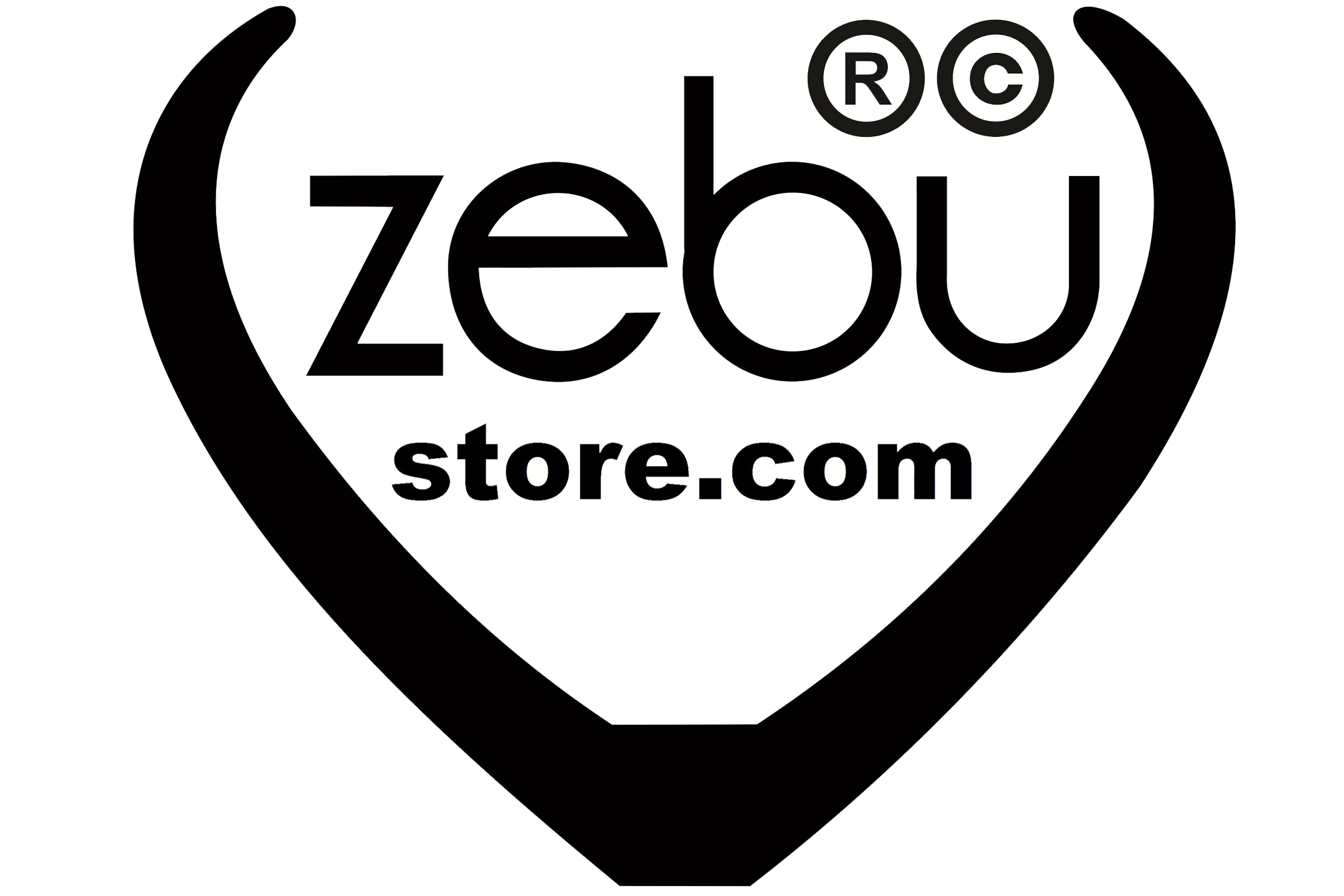Seamless Garment Technology and its Advantages, Applications

What is Seamless Garment Technology?
Seamless garments are like a second skin and are comfortable and make very elegant outer. Seamless garment technology is advancement in apparel industry which eliminates the fabric laying, cutting and sewing process. This new concept is becoming very popular in western countries, as there are advantages to wearing a seamless garment. Seamless knitting technology has entered the mainstream in the knitwear market at the end of last century. Seamless entire garment knitting was first introduced in 1995, at the International Textile Machinery Association. This innovative technology was promising to eliminate post labor work. Moreover, it offered knitwear consumers more comfort and better fit by eliminating seams. Therefore, seamless technology promised great benefits to manufacturers as well as their consumers.
The seamless technique has revolutionized the garment sector, and it is now the new trend in fashion worldwide. At present time, seamless knitting technology is becoming very popular in western countries, as there are advantages to wearing a seamless garment. The seamless technique is relatively simple. The process evolved from cut-and-sew production to fully fashioned garments to seamless garments. It shortens the manufacturing process and reduces material wastage, offering greater comfort and better fit to the wearers.
Working Process for Seamless Garments:
The seamless technique is relatively simple. The process evolved from cut-and-sew production to fully fashioned garments to seamless garments. The cut-and-sew production is created by the use of one entire panel of fabric, the garment production requiring several post-knitting processes including cutting and sewing. With this process up to 40% of the original fabric can be wasted. Fully fashioned garments are produced by widening or narrowing a piece of fabric by loop transference in order to increase or decrease the number of wales (done mainly on a V-bed flat knitting machine). The cutting process is eliminated in this process, but it requires a post sewing or linking process. Seamless garment knitting creates a complete garment by several different feeders with minimal or no cutting and sewing processes. The garment is knitted into shape, rather than knitting the cloth and then cutting and reassembling the pattern pieces into a garment. All the machine needs to do is keep openings for head, arms, and legs.
- The process for making seamless garments requires the use of cutting-edge circular knitting machines, mostly made in Italy, which complete whole garments based on preprogrammed computer commands that allow for different stitching patterns.
- Seamless technology has transformed the overall worldwide production process, helping apparel firms react quicker to trends because the garments do not have to be cut and sewn. This technology can directly produce finished products, and lessens traditional process of the production. This leads to saving of production costs up to 40% compared to the customary knit-ting.
Advantages of Seamless Garment Technology:
In seamless garments no need cutting and sewing processes, complete garment manufacturing and production offers various benefits such as cost and time savings, and plays an important role in rapid production of products.
Comfortability: Seamless garments are designed to conform to the body without constriction or bunching. They are made using stretchy, breathable fabrics that move with the body, resulting in less friction and irritation. They are ideal for activities such as yoga, running or any other physical activity that requires flexibility and freedom of movement.
Fit: Garments are designed to fit the body more closely and can be made using stretchy, breathable fabrics that move with the body. They are more form-fitting than traditional sewn garments, which can result in a better fit and a more flattering appearance. They are also ideal for those who have trouble finding clothes that fit properly due to their body shape or size.
Smooth appearance: Garments made by seamless technology have a smooth appearance with no visible seams, which can be aesthetically pleasing and flattering. They are often used in fashion and lingerie because of their sleek and streamlined appearance.
Durability: Garments can be made with high-quality materials that are durable, and the lack of seams means they are less likely to wear out or tear. This can result in a longer lifespan for the garment, which can save money in the long run.
Efficiency in production: Seamless garments production is more efficient as it requires fewer steps, less material, and less human intervention, which results in reduced costs and faster production. This can be beneficial for both manufacturers and consumers.
Environmentally friendly: Production reduces the waste of fabric scraps and the use of chemical adhesives, which can help to reduce the environmental impact of garment production. This can be beneficial for both manufacturers and consumers, as it can lead to more sustainable and eco-friendly clothing options.
Application of Seamless Garment:
Active wear: Seamless garments are popular for yoga, Pilates, and other forms of fitness because they are stretchy, flexible, and provide a comfortable fit. They are designed to move with the body and provide support during physical activity, which can help to reduce chafing and increase comfort. They are often made using high-performance fabrics that wick away moisture and provide UV protection.
Sportswear: Seamless leggings, sports bras, and tops are popular among athletes and fitness enthusiasts because they are lightweight, breathable, and provide a comfortable fit. They are designed to move with the body and provide support during physical activity, which can help to reduce chafing and increase comfort.
Lounge wear: Seamless garments, such as leggings and tops, are popular for lounging at home because they are comfortable and provide a relaxed fit. They are designed to be comfortable and cozy, and are often made using soft, stretchy fabrics such as cotton or modal.
Fashion: Seamless garments are increasingly being used in the fashion industry for their sleek and modern look. They are designed to be fashionable, comfortable, and versatile, and are often made using high-quality fabrics such as silk or cashmere.
Undergarments: Seamless bras, underwear, and shape wear are popular choices for their comfort and smooth lines under clothing. They are designed to fit closely to the body and are often made using stretchy fabrics such as nylon, spandex, or microfiber. They can be worn under tight-fitting clothing without creating visible lines, providing a smooth and sleek look.
Outdoor clothing: Seamless base layers, socks, and gloves are popular among outdoor enthusiasts because they are lightweight, breathable, and provide a comfortable fit. They are designed to keep the body warm and dry in cold or wet conditions, and are often made using high-performance fabrics such as merino wool or polyester.
Medical garments: Seamless garments such as compression stockings and compression sleeves are used in medical field to provide support and compression to the muscles and veins. They are designed to improve blood flow, reduce swelling, and provide support for conditions such as varicose veins and deep vein thrombosis. They are often made using stretchy fabrics such as nylon or spandex.
Industrial clothing: Seamless garments for workers in industries such as construction, oil and gas, and chemical manufacturing are designed to provide protection and support in hazardous working conditions. They are often made using high-performance fabrics such as aramid or polyester, and can be treated with chemical or fire-resistant coatings.
Disadvantages of Seamless Garment:
- There are technical limitations in the seamless technique to knit every garment type/shape currently produced by cutting and sewing. The main problem has been the fabric take down in keeping equal tension of each loop (i.e., stitch).
- The machines used for manufacturing seamless garments are costlier, and more skilled operators are required.
- Seamless garments are costlier as compared to seamed garments.
- While lightweight, next-to-skin garments score advantage points for comfort, this is slightly less important for outerwear garments, where the seam can become a style/fashion feature.
- Another problem is caused during alternate needle selection, which makes fabrics more open and less elastic than conventional fully fashioned garments. This problem occurs mainly in the welt or the cuff areas.
Conclusion:
The seamless technique is pioneering in clothing markets because of its smooth fit, comfort, invisibility, and easy care properties. This process, however, creates fabrics more open and less elastic than conventional fully fashioned garments. The trends worldwide suggest that seamless garments are becoming popular among the masses, especially with the youth.













